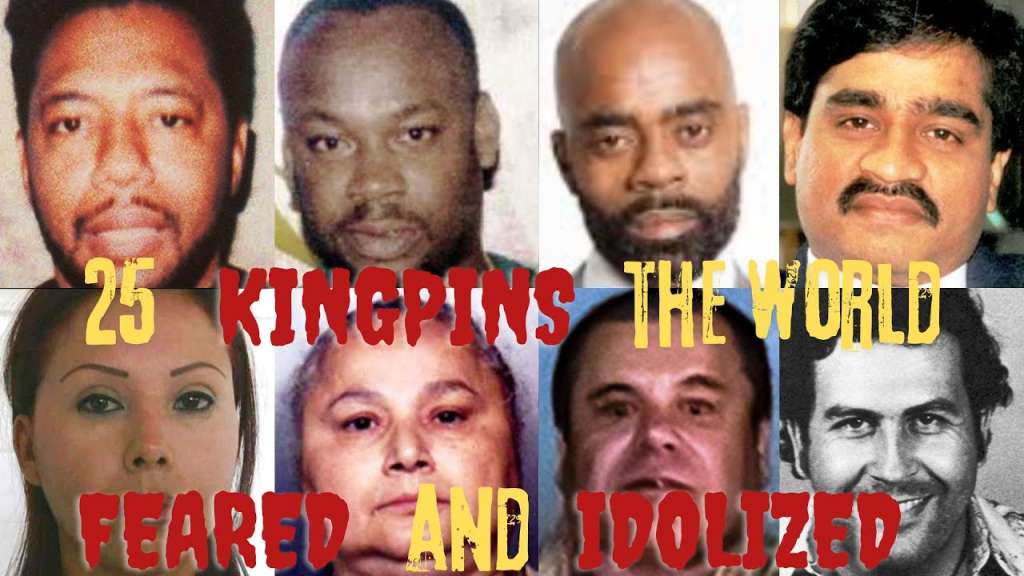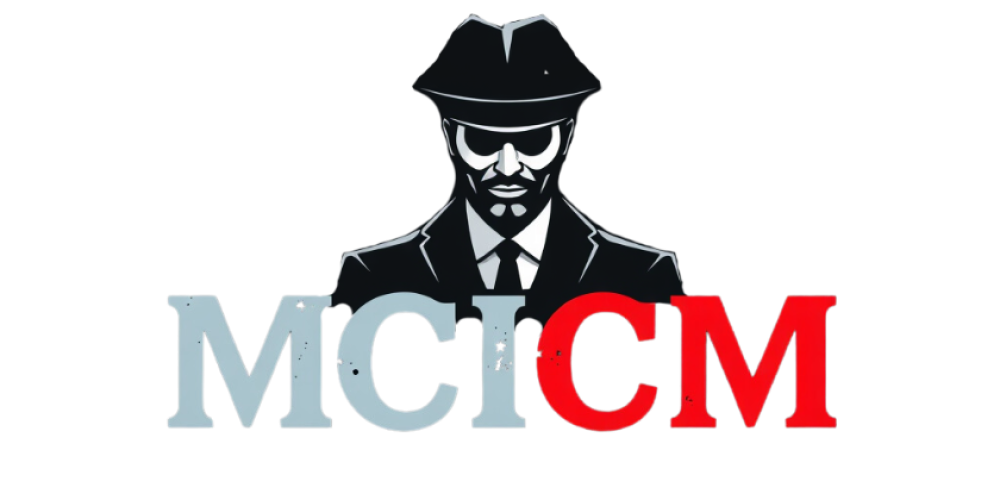A drug kingpin, often called a drug baron or gang leader, runs a huge illegal drug empire. These folks get incredibly rich, stay tough, and are tricky to catch and punish. Check out our list of the most infamous drug kingpins ever. Want to know about the risky and violent lives of the richest drug lords or the clever traffickers who slipped through the cracks? Alright then. Let’s get started. Number 25 – Frank Lucas. Frank Lucas was a Harlem legend who flipped the drug game on its head in the late sixties and early seventies. This dude wasn’t playing small ball; he went straight to the source, cutting out the middleman and importing pure heroin from Southeast Asia. Lucas pulled a power move by smuggling dope in the coffins of soldiers coming back from Vietnam, turning his operation into a global empire. By the time he got bagged in ’75, Lucas had millions stashed across the country, sitting on a mountain of cash, cars, and cribs. His hustle was immortalized in American Gangster with Denzel Washington showing the world how Frank ran Harlem, flexed in the streets, and lived like a king. He was flashy, always in mink coats and diamonds, but smart enough to stay ahead of the competition. He had Harlem on lock, moving product so potent it was known as “Blue Magic.” Frank’s downfall came when the feds finally caught up, and he flipped, giving up other major players to cut his sentence. His story still hits hard in the streets because he played the game at the highest level and left a mark on New York’s drug scene that no one can forget. Number 24 – Rick Ross. Rick Ross, aka “Freeway” Rick Ross, was one of the most infamous drug kingpins to come out of L.A. in the 19 eighties and early ninetis. Born in 1960, he made millions pushing crack cocaine, running an empire that reached nationwide. What set him apart from other dealers was his sheer scale—his connections to major cocaine suppliers in South America allowed him to move weight on a level rarely seen, flooding the streets with product. At the height of his operation, Ross was making millions of dollars daily, spreading his influence from L.A. across the U.S., with networks of dealers and operations in multiple cities. His empire came crashing down in 1996 when he got hit with a life sentence for drug trafficking. However, in a twist of fate, his sentence was reduced, and he was released in 2009. After his release, Ross made a surprising pivot, using his story as a cautionary tale. He became an advocate, hitting the speaking circuit to warn young people about the dangers of the drug trade and his fall from the top. His journey from kingpin to convict to motivator was chronicled in the 2015 documentary Freeway: Crack in the System, shedding light on the larger impact of the crack epidemic and his connection to the Iran-Contra affair. Ross remains a symbol of how the crack era shaped urban communities, particularly in Los Angeles, and his story continues to resonate both in and outside the streets. Number 23 – Manuel Noriega. Manuel Noriega wasn’t just some regular dictator; he was playing both sides heavy. As Panama’s head honcho from ’83 to ’89, dude was neck-deep in the streets, moving weight and stacking crazy bread while still plugged into the U.S. government as a CIA informant. He ran a wild scheme where guns got swapped for dope with the Nicaraguan Contras, who the U.S. was backing. So, not only was Noriega holding it down in Panama, but he was also making major moves in the drug game, especially linking with the Medellín Cartel. But here’s the twist—America, his supposed ally, got fed up when his dirt became too big to ignore. In ’89, the U.S. straight up invaded Panama, hunting him down like a wild manhunt. After ducking the heat for a few days, Noriega got bagged and was flown to the U.S. He was hit with charges like drug trafficking and racketeering, earning himself a 30-year bid. Even after serving time in the U.S., France got him for more charges, and eventually, he was sent back to Panama to finish out his sentence. He went from running an entire country to being stuck in a cell, showing how wild things get when you’re juggling power and the streets. Griselda Blanco was on a whole different level when it came to running the drug game. Dubbed “La Madrina” (The Godmother) and “The Black Widow,” she was one of the most ruthless and strategic minds behind the Medellín Cartel during the height of the Colombian cocaine boom. Blanco didn’t just play the game, she helped write the rules—mentoring and working with legends like Pablo Escobar before they fell out, sparking a bloody rivalry. She pioneered smuggling routes that funneled massive amounts of cocaine into the U.S., especially into Miami, and at her peak, was bringing in millions daily.
source
Meet The Top 25 Infamous Kingpins The WORLD FEARED And IDOLIZED

